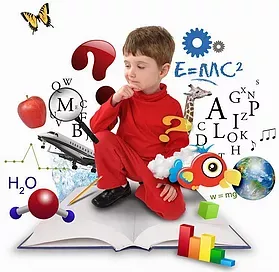Constructivism in education has some characteristics, such as rooms with a small number of students and different evaluation methods.
A SPACE WITH CREATIVE RESOURCES FOR MOTHERS, PARENTS, AND EDUCATIONAL PERSONNEL TO ENJOY TIME OF QUALITY WITH THEIR CHILDREN AND THEIR STUDENTS.
Putting constructivism into practice at the school
Stimulating learning is not always an easy task for teachers, who often work with a large number of students in the classroom. The concept of constructivism, through constant stimulation, seeks a more interactive and playful education. In this methodology, the teacher has a role as the mediator of knowledge. Constructivism in education has some characteristics, such as rooms with a small number of students and differentiated evaluation methods.
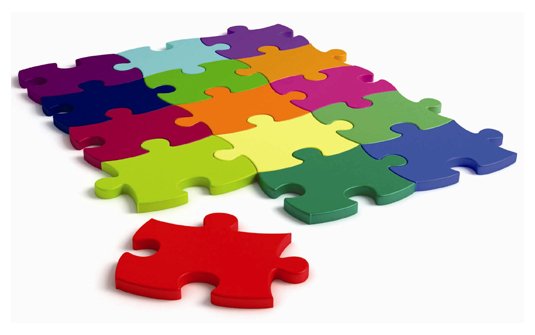
source
How can you put this methodology into practice, be alert to the following tips?
Offer stimulating activities
Promote activities that stimulate the interest of students, encouraging the use of creativity and the construction of hypotheses about knowledge. Differentiated games, games, and tasks are an excellent option.
The constructivist teaching teaches learning to learn, that is, through activities and teacher incentive, the student is primarily responsible for their learning.
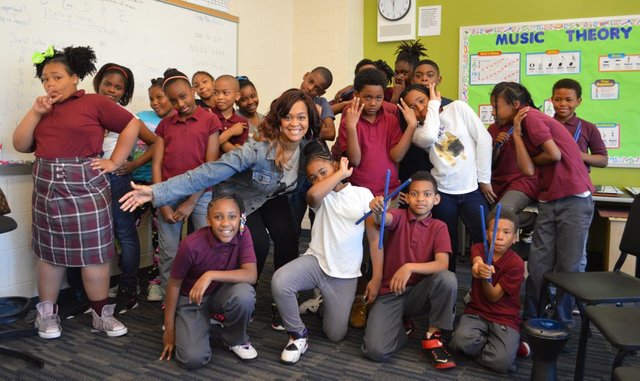
source
Pay attention to the moment of spontaneity
Being attentive to the reactions of children is of great importance to the learning process. We know that each student has a different rhythm of learning, and everyone has different personalities and behavior.
Pay attention to the moments of spontaneity and observe how they feel. In this way, it will be easier to help each student individually.

source
Let the children choose
In schools, it is common for the teacher to have a plan and follow all the activities, without consulting the students. In the constructivist process, the interests and choices of children are taken into account and are seen as positive aspects of learning.
Therefore, offer options for projects and jobs for children. Allow students to decide on a topic or activity. With this autonomy, they will choose the topics and tasks that arouse their interest and participation in the activity will, naturally, be higher.
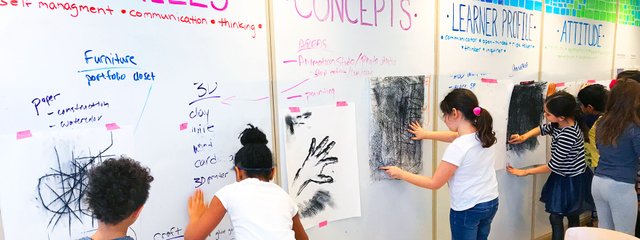
source
In addition, children stop seeing the school as an environment of rules and regulations dictated only by adults; Children soon understand the active role they have in the learning process. They learn because they had the opportunity because they were interested and wanted to learn, approaching and exploring the desired object of knowledge.
It is important that the proposed activities be pleasant for children and not dull. Interactive games, for example, are a good option, since they unite sociability and knowledge, making learning faster and more natural.
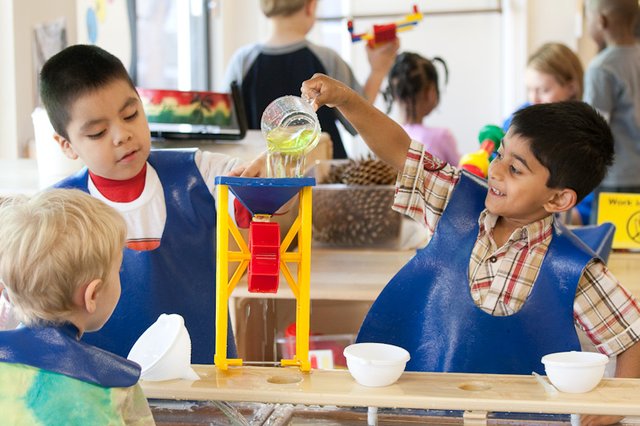
source
Constructivism in education is gaining more and more space and visibility. However, many schools and educational institutions still do not know the methodology or have little knowledge about the subject.
Cognitive constructivism
> Cognitive constructivism, which essentially starts from the Piagetian theory and postulates that the process of knowledge construction is individual, performs the analysis of these processes under three perspectives: the one that leads to the macro-genetic analysis of construction processes, the one that tries to describe and analyze the microgenesis and the integrating aspect of these two positions.In the first place, for Piaget, indeed, the process of knowledge construction is an individual process that takes place in the minds of the people where their representations of the world are stored. Learning is, therefore, an internal process that consists of relating new information with pre-existing representations, which leads to the revision, modification, reorganization, and differentiation of these representations. Now, although learning is a process guided by interaction with other people, in the sense that "others" are potential generators of contradictions that the subject will be forced to overcome. Source of information
- https://www.eduardosnape.com/single-post/2016/10/03/El-Aprendizaje-Cognitivo-y-su-evoluci%C3%B3n-a-la-computaci%C3%B3n-cognitiva
- https://tinytrees.org/2016/01/05/why-we-use-the-high-scope-curriculum-at-the-university-of-washington/
- https://gesvin.wordpress.com/2018/03/01/constructivismo-un-analisis-practico-en-la-educacion-infantil-articulo/
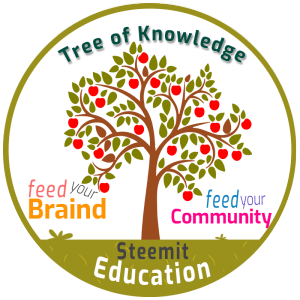
Posted from my blog with SteemPress : http://roseri.vornix.blog/2018/10/06/constructivism-in-education-has-some-characteristics-such-as-rooms-with-a-small-number-of-students-and-different-evaluation-methods/
Sort: Trending
[-]
edu-venezuela (69) 6 years ago

